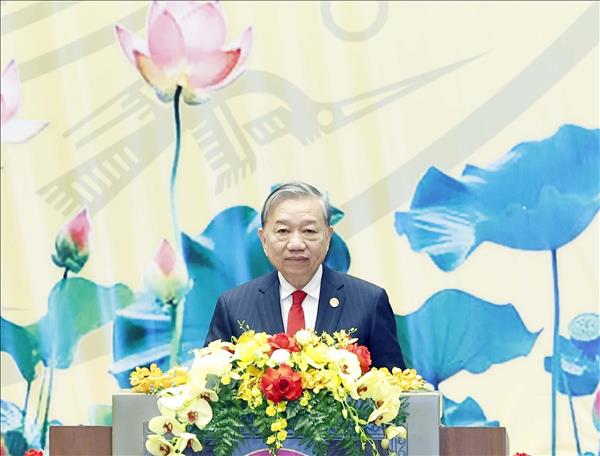According to preliminary statistics from Vietnam Customs, from January 1 to December 15, the wood sector grossed more than 7.2 billion USD in export turnover, which is hoped to top 8.5 billion USD by the year’s end, including exports of furniture.
In November alone, wood exports rose nearly 3 percent against October to hit 695.3 million USD, raising 11-month shipment value of wood and timber products to 6.9 billion USD, an annual rise of 11 percent.
In January-November, the US imported the most from Vietnam, with purchase turnover of more than 2.9 billion USD, up 17.6 percent, followed by China with 964.4 million USD, up 6.76 percent and Japan 929.3 million USD, up 5.14 percent.
Statistics from Japan Customs showed that in the first 10 months of 2017, the country imported 600,000 tonnes of timber furniture worth nearly 200 billion JPY (1.77 billion USD), representing year-on-year increases of 2.3 percent and 3.4 percent respectively.
Vietnam’s timber furniture made up 22.3 percent of Japan’s total imports. Meanwhile, the market shares of China, Malaysia and the European Union (EU) declined.
Wood exports to other markets such as the Republic of Korea (RoK), the UK, Australia and Canada exceeded 100 million USD in turnover.
To ensure sustainable growth, the wood industry should focus on technical standards of overseas markets.
Under a Korean government roadmap, the country’s importers will take accountability for the origin of legal timber at the end of this year. Japan will do the same in March 2018, which will impact Vietnam’s wood exports because the RoK and Japan are two of the biggest wood importers of Vietnam.
Furthermore, as Vietnam and the EU concluded six years of negotiations for a Voluntary Partnership Agreement (VPA) on Forest Law Enforcement, Governance and Trade (FLEGT) in May 2017, the implementation of this deal will ensure all timber products shipped between the two sides, including those for domestic sales and exports, are legal.
The signing of the VPA/FLEGT is an important event, which could create fundamental changes in the wood processing sector in Vietnam.
To Xuan Phuc, a senior policy analyst at Forest Trends, said the removal of imported wood materials without origin and using wood with clear origin is essential to meet requirements from key markets such as Japan, the RoK and China in the future.
He called for strong links from the business community and strict controlling mechanisms from management agencies and localities.
Meanwhile, Vice Chairman of the Ho Chi Minh City Handicraft and Wood Industry Association Huynh Van Hanh advised businesses to comply with technical criteria in foreign markets.
VNA/VNP

















